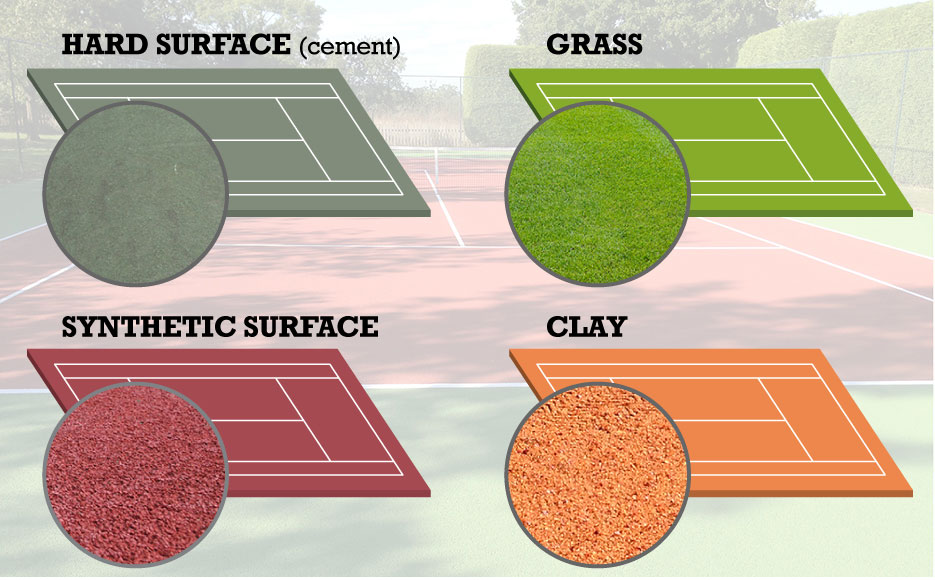What Are The Different Tennis Court Surfaces?
Golden Ocala Golf & Equestrian Club is a hub for tennis aficionados. There are roughly 12 million tennis players worldwide, and the Golden Ocala tennis community has some of the most passionate players. Serious tennis players know that the differences between tennis court surfaces can have a very real effect on the flow of the game.
The specific type of tennis court surface material, depending on your unique playing style, could very well be the difference between a smooth playing experience and an unusually challenging game. The following types of tennis court surfaces each have unique properties that affect the flow of the game in various ways.
Hardtop
Hardtop tennis court surfaces are made of highly rigid materials like concrete. The rigid material has an acrylic material coating, which gives the entire surface a bit of extra cushioning. Due to the fact that the court absorbs very little energy, this tennis court surface tends to facilitate a medium- paced game.
Carpet
Any type of court that has a removable covering is referred to as “carpet.” Commonly, the carpet court is composed of sand-infused artificial turf for outdoor use, while rubber-backed court surfaces are temporarily installed for indoor games. The speed of a carpet court is swifter than that of a hardtop court, though the bounce height is lower.
Wood
Wooden tennis courts are considered to be the swiftest indoor courts with the lowest bounce. While not used in professional leagues, there are still many recreational players who enjoy the breakneck speed that wooden surfaces facilitate. Because of swiftness and slipperiness, wooden surface courts are best-suited for players with the most highly-trained reflexes.
Grass
Grass court surfaces sit atop very densely collected sediment. The height of the ball’s bounce is directly affected by the health of the grass. The frequency with which the grass is mowed, along with any damage caused by recent games played on the court, will also have a significant effect on how the ball bounces. While the pace of games on grass courts may be swift, improperly tended grass courts can be very unpredictable.
Clay

Of all of the different materials used to build tennis court surfaces, clay is considered by many to be the most enjoyable for casual games. The clay court is oftentimes referred to as a “slow” court, due to the fact that the balls are prone to bounce slower. The balls also bounce higher, making it much more difficult for shots to be delivered.
Here are some fun features at Golden Ocala’s tennis clay courts and facilities:
- Private tennis lessons with our tennis professionals.
- Youth tennis programs.
- Har-tru courts with lights for late-evening play.
- Champion tennis leagues.
- Tennis Pro Shop offering the latest in tennis fashion.
- Custom racket stringing.
While many people may underestimate just how much of an effect the material of the tennis court surface may have, there is no denying that the differences are significant. Being aware of the material of the tennis court will allow you to prepare and adjust your approach accordingly, ensuring that you are able to control the pace of the game to the best of your ability.
Do you want to keep up to date with the most important information about tennis and all other aspects of the game? Follow us on Facebook and Twitter to stay in the loop about Golden Ocala tennis and all other news. Contact one of Golden Ocala’s tennis professionals today at 352-402-4351 to learn more.
Comments are closed here.